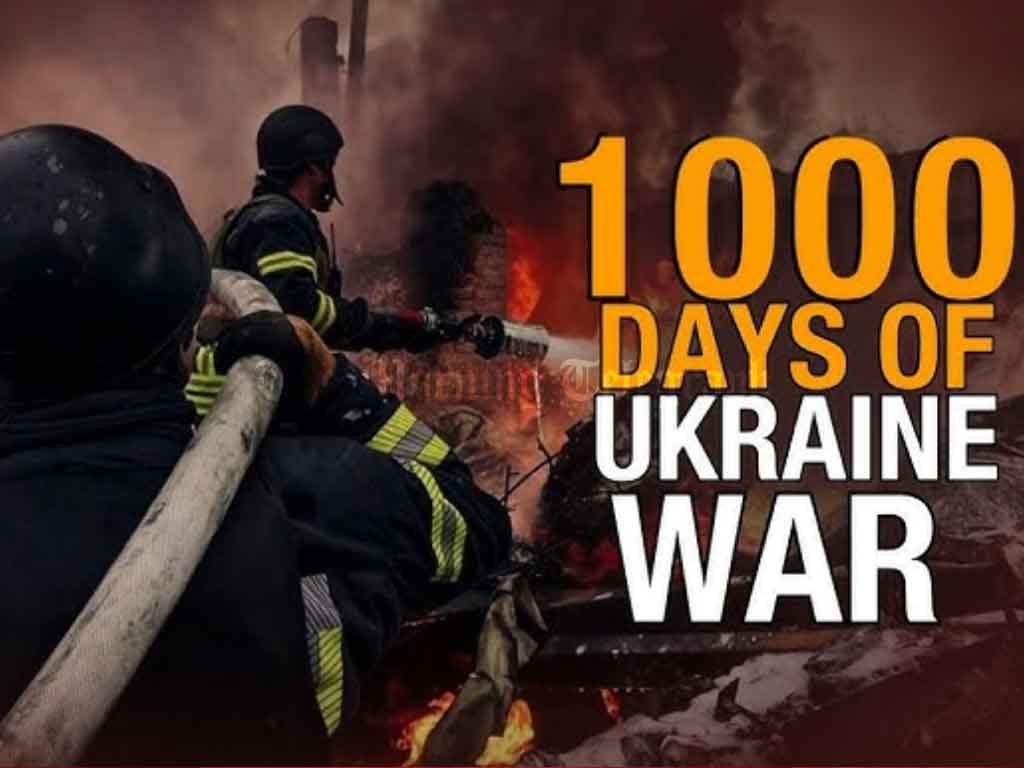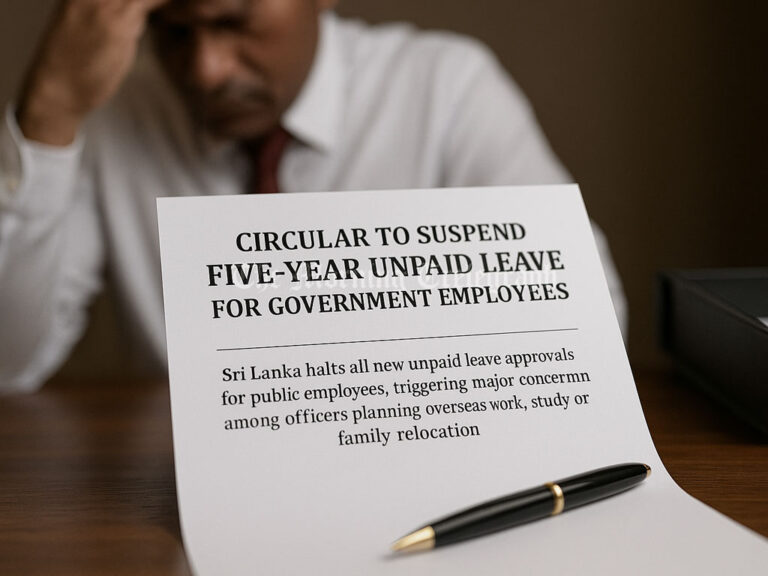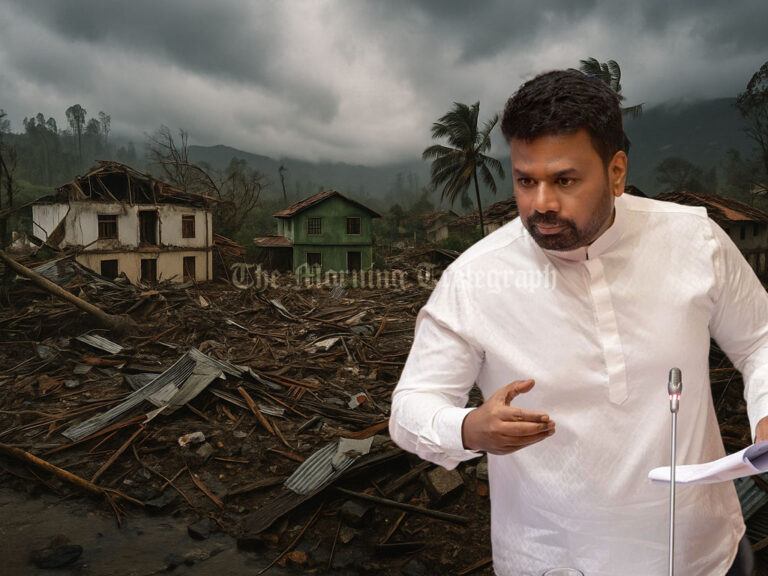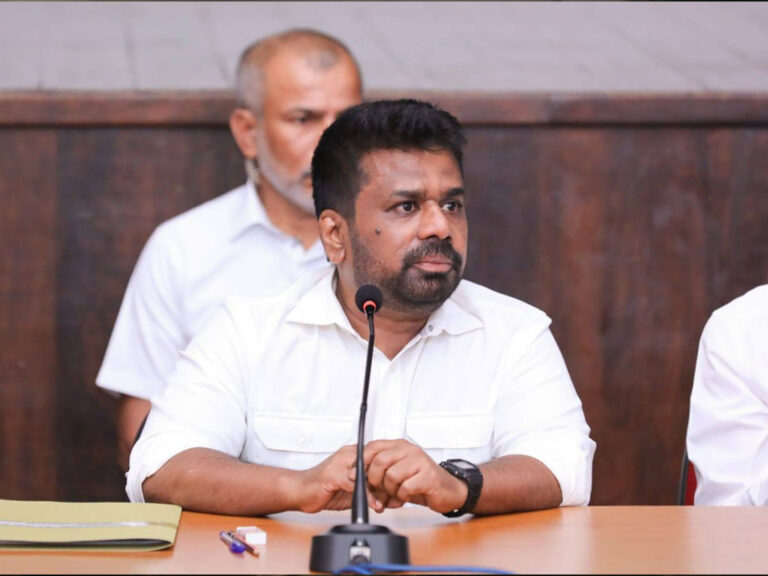
On the 1,000th day of the Ukraine war, Ukraine launched US-supplied ATACMS missiles to strike Russian territory, marking a significant escalation in the ongoing conflict. The missiles targeted a military facility in Russia’s Bryansk region, 110 kilometers inside Russian borders. Ukrainian officials claimed the attack destroyed a Russian weapons depot, triggering secondary explosions. Russia’s military reported shooting down five of the six missiles, with debris from one hitting the facility, causing a fire but no casualties or major damage.
The attack comes after US President Joe Biden’s administration approved the use of ATACMS missiles for Ukraine, signaling stronger US support for Ukraine’s military capabilities. These missiles, with a range of up to 300 kilometers, are among the most advanced weapons provided by the United States, allowing Ukraine to strike deeper into Russian territory. Russia, however, has accused the US of becoming directly involved in the war, as such weapons require American operational support to be deployed.
In retaliation, Russian President Vladimir Putin signed a new nuclear doctrine, which lowers the threshold for using nuclear weapons, potentially responding to attacks on Russian territory. The doctrine now includes the possibility of nuclear retaliation against non-nuclear states, such as Ukraine, if they receive support from nuclear powers. This move was widely viewed as a warning to the West, particularly the United States.
Meanwhile, the war continues to have devastating effects on both sides. The UN has reported over 12,000 civilian deaths and nearly 27,000 injuries in Ukraine, with significant damage to infrastructure and a large refugee crisis. Ukrainian forces have continued to launch drone strikes deep into Russian territory, marking a shift in their tactics as the war becomes more entrenched in trench warfare.
Despite these military actions, Ukraine’s President Volodymyr Zelenskyy has emphasized the necessity of a diplomatic resolution, calling for a full Russian withdrawal and security guarantees to prevent further aggression. With winter approaching, Russia has stepped up its aerial bombardment of Ukraine’s power grid, exacerbating the already dire humanitarian crisis.
As the war reaches a critical juncture, international attention is shifting toward future negotiations, especially with the potential return of former US President Donald Trump, who has criticized the scale of American aid to Ukraine and indicated a desire for peace talks. However, Ukraine remains firm in its stance, refusing to compromise on territorial integrity and sovereignty. The next phase of the war could hinge on the outcome of these diplomatic efforts and the ongoing military escalation.




